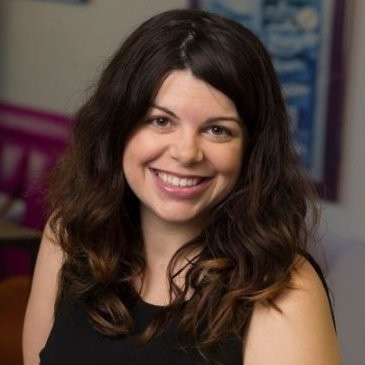A Peek at Our 2Gwh Battery Cell Factory
With our new 2GWh battery cell factory in South Korea, dubbed “Sella 2,” we will be able to provide our own supply of lithium-ion batteries, as well as expand our battery cell production capacity.

Named after Guy Sella, our company’s co-founder, CEO, and chairman who tragically passed away in 2019, the Sella 2 factory will manufacture battery cells for a variety of markets, such as residential and commercial energy storage applications, utility scale energy storage solutions (ESS), e-mobility and uninterruptable power supply (UPS).
Our CEO Zvi Lando, who visited the location for the opening ceremony back in May, said the opening of Sella 2 was an important milestone in enabling SolarEdge to “own key processes in the development and manufacturing of storage solutions.”

SolarEdge CEO Zvi Lando and CFO Ronen Faier joined the Kokam team to celebrate the opening ceremony of Sella 2 in Eumseong, South Korea
Kokam & Sella 2
Kokam, founded in 1989 and acquired by SolarEdge in 2018, designs and manufactures Lithium-ion cells and provides high-performance battery solutions.
Sella 2 began construction in 2020 and was completed in just over a year. The factory features advanced automation machinery to facilitate the scale and quality required to support SolarEdge customers and growth. From solvent mixing, through notching, stacking, and final packaging, Sella 2 is SolarEdge’s first GWh scale manufacturing facility for lithium-ion NMC pouch cells.
Sustainability was also a key factor in the planning of the factory. Recycling of materials, such as the NMP solvent used in the manufacturing of the electrodes, and a SolarEdge rooftop PV system designed to provide renewable energy for the factory, are just a few examples of early steps taken towards an efficient and sustainable operation. Another example is the implementation of a novel energy saving method applied in the new Sella 2 site. The production process of lithium-ion batteries involves using significant amounts of electricity in the charge/discharge cycles of battery formation. The technical limitations of the traditional battery production process often cause this electricity to be discharged without reusage. In contrast, the new method planned for Sella 2 production is designed to use an electricity reservoir, allowing for an estimated 50% of the discharged electricity to be reused.


The interior of the Sella 2 factory in Korea. The production methods were designed with sustainability in consideration.
Growing global demand for battery storage
Battery storage is becoming increasingly popular and important. Driven by several factors including technological advancements, grid modernization efforts, expanding electric vehicle markets, national carbon-zero targets, and government tax incentives and rebates, some estimate the energy storage market could reach more than $26 billion in annual sales by the end of 2022.
Given the growing demand of energy generation and the fact that renewable energy sources such as solar are intermittent (as solar energy is produced only during the day), battery storage enables us to support a twenty-four-hour demand for energy. For example, the current model in which a centralized utility company generates all power is seen as outdated and inefficient. The future model for decentralized energy generation depends on home solar and storage owners, by which utility companies can leverage distributed PV systems in a “virtual power plant (VPP)” to more efficiently meet demand. In this scenario, PV and battery system owners can become “prosumers” (producers + consumers) by getting compensated for helping to power the grid with energy generated from their SolarEdge PV systems.
